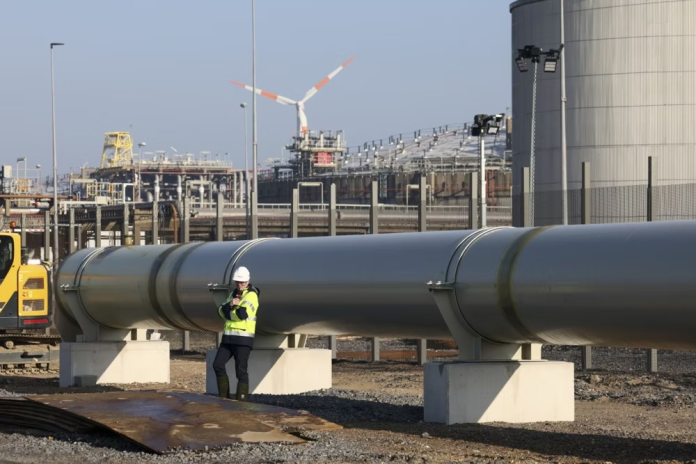Belgium imported 13.3 terawatt hours of Russian liquefied natural gas (LNG) in 2024, exceeding pre-Ukraine war volumes and marking the highest level since records began, according to trade ministry data reported by De Tijd.
This increase occurs despite a 9% decline in Belgium’s domestic gas consumption since 2021 and contrasts sharply with broader EU efforts to curtail Russian energy dependence.
The LNG arrives via Zeebrugge port, operated by gas infrastructure company Fluxys, which processes shipments under long-term contracts signed before the war, including one linked to Arctic Russian gas sources. Approximately two-thirds of this gas is re-exported to other EU countries, though Russian LNG still accounted for 9% of Belgium’s own consumption last year.
Zeebrugge’s role extends beyond EU supply chains, functioning as a global logistical node where Russian LNG is stored, reloaded, and shipped onward to destinations like China. This activity stems from legally binding contracts that remain valid under EU and Belgian law, complicating efforts to halt imports.
Fluxys emphasises that policymakers must provide “legal clarity” before companies can terminate agreements without incurring costly litigation. While Germany and others shifted to US and Qatari LNG, Belgium’s infrastructure perpetuates Russian gas flows, a reality spotlighted in EU debates over energy security.
Meanwhile, the European Commission’s proposed phase-out, banning new Russian LNG contracts from 2026 and existing ones by 2028, faces significant hurdles. Traceability mechanisms intended to monitor Russian LNG are undermined by market practices such as cargo “rebranding” and portfolio blending, creating what experts term a “grey zone” for enforcement.
Belgium’s elevated imports underscore a broader contradiction: although overall EU LNG imports from Russia fell 84% between 2021–2024, Russia remained the bloc’s third-largest supplier in early 2025, after the US and Norway.
